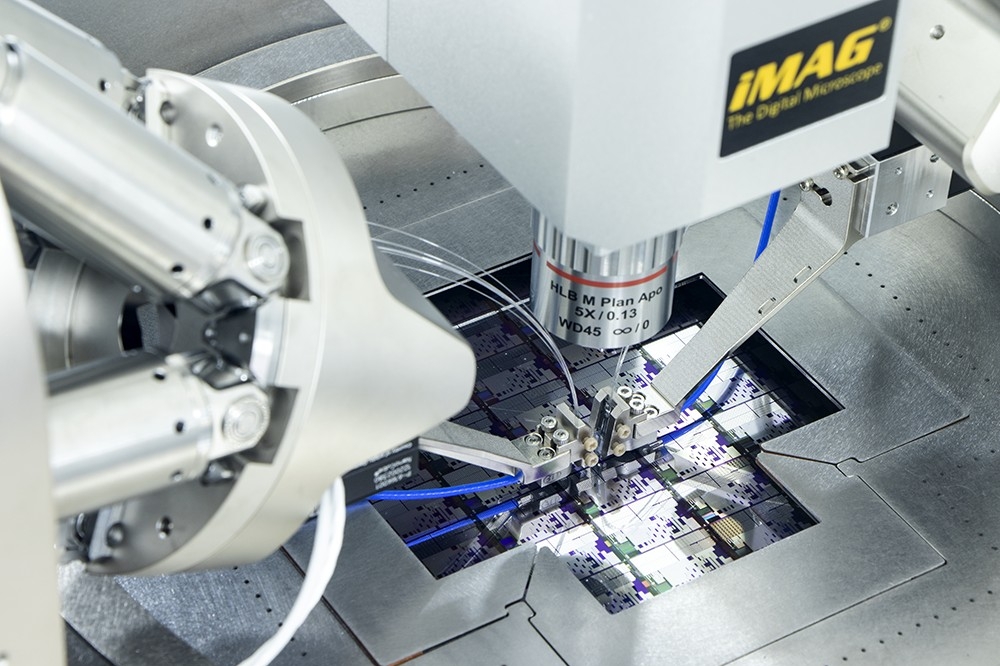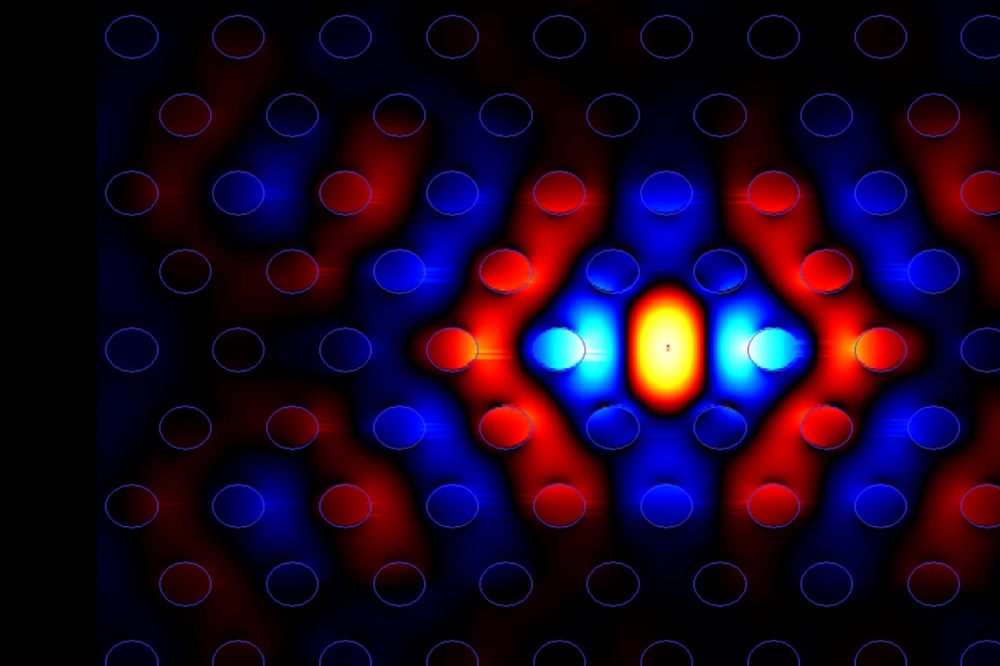Sumitomo and Xtreme-D demonstrate dynamic GPU allocation with optical circuit switching

In a demonstration that used a silicon photonics optical circuit switch provided by AIST, the companies demonstrated a disaggregated infrastructure that separates GPUs from other computing resources, aiming to address operational efficiency and heat dissipation in AI
Sumitomo Electric Industries has announced that, in collaboration with Xtreme-D Inc., it has demonstrated dynamic GPU allocation to multiple servers by switching optical path using its developed optical circuit switch control software.
Recently, GPUs used for generative AI have been achieving higher performance. However, the associated increase in heat dissipation has become an issue, and there is also a need to enhance operational efficiency. To address these issues, Sumitomo aims to realise a composable disaggregated infrastructure (CDI) that can efficiently utilise GPUs while physically separating them from computing resources such as CPUs, memory, and storage devices, which are currently predominantly integrated on a single board and electrically connected to one another.
In the recent demonstration, the company says it has proven that a CDI can be realised by optically converting the signals connecting the CPU and GPU using an optoelectronic conversion card. Furthermore, Sumitomo adds, two servers were connected to a GPU expansion box in a commercial datacentre using an optical circuit switch to confirm that GPUs can be dynamically allocated according to the needs of each server. The communication protocol between the servers and the GPU expansion box uses PCIe signals. The operation was verified with the distance between them set to 2 m and 1 km.
It is expected that GPUs will require new facilities with advanced cooling capabilities, such as liquid cooling systems. Optical conversion of the signals allows separation of the GPUs from the computing resources by about 1 km, so that only the GPUs need to be housed in a new facility. This significantly reduces the space required for a new facility compared to the conventional method of housing the entire server, thereby enabling reduced capital investment.
In addition, since optical circuit switches are communication signals agnostic, the system can accommodate new communication standards’ signals that may emerge with future improvements in server and GPU performance.
Sumitomo plans to continue actively pursuing its efforts to conduct demonstrations of a CDI utilising optical circuit switches and to contribute to creating a data processing environment that addresses the growing demand for AI through the practical application of optical circuit switch control software.
The equipment used in the demonstration consists of servers provided by Xtreme-D, a silicon photonics optical circuit switch provided by the National Institute of Advanced Industrial Science and Technology (AIST), Japan, and PCIe transmission cards manufactured by Dolphin Interconnect Solutions AS. Additionally, the four PCIe optical signal lanes were coupled into a wavelength multiplexer and transmitted over a single optical fibre, efficiently utilising the connection port of the optical circuit switch, Sumitomo says. These devices are integrated and managed by the company’s optical circuit switch control software, as well as Xtreme-D's ‘Raplase,’ a multi-cloud and high-speed AI platform service.
“We are very interested in Sumitomo Electric’s efforts to promote CDI technology through this demonstration,” said Naoki Shibata, founder and CEO of Xtreme-D. “As a provider of AI/HPC platform services to our customers, we expect that this solution will be an important component in our GPUaaS offering, which leverages cost-effectiveness, performance, and the benefits of dynamic component switching, and we look forward to its early market launch. We are supporting the research and development of this technology for the continued development of services in combination with our AI/HPC platform service ‘Raplase.’”
Kazuhiro Ikeda, deputy research director of Photonics-Electronics Integration Research Center, AIST, commented: “AIST is advancing the research and development of optical circuit switches based on silicon photonics to realise power-saving datacentres and AI clusters, utilising its state-of-the-art 300-mm silicon photonics prototyping line. AIST hopes that this demonstration with its silicon photonics switch that features communication standard independence, high integrability, and high speed, will accelerate the deployment of highly efficient AI processing systems utilising optical switches. AIST will continue to work on the research and development of related technologies in cooperation with a wide range of companies and organisations, aiming to strengthen Japan's industrial competitiveness.”
Hugo Kohmann, CEO of Dolphin Interconnect Solutions, added: “We are proud that our PCIe transmission cards have played a key role in supporting Sumitomo Electric’s challenge to realise the new AI CDI. We hope that our commercialised products and the latest technologies from both the company and its partners will form a new solution that not only reduces the capital investment and running costs of numerous AI processing end-users, but also contributes to sustainable development. We remain committed to developing new technologies and promoting further innovation.”

































